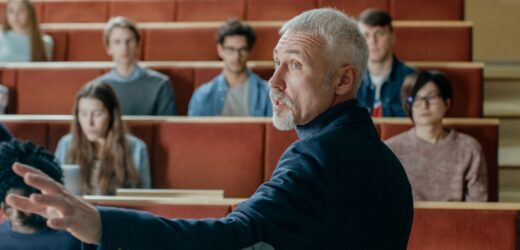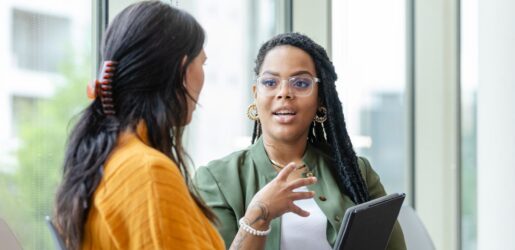As you prepare your next asynchronous lecture, you set up your laptop on an appropriately sized delivery service box for the best camera angle, turn on the ring light, click start on the extension that embeds your webcam, and press record. You did your best to incorporate engagement, representation, and action and expression into your lecture. You used closed captioning for students who cannot hear or listen to the audio. That is, you incorporated principles of universal design for learning. Your lectures should be accessible to and for everyone.
Lost in Interpretation: Making Space for Dialect Differences in the Classroom

Related Articles
I have two loves: teaching and learning. Although I love them for different reasons, I’ve been passionate about...
Imitation may be the sincerest form of flattery, but what if it’s also the best first step to...
Higher education has long recognized the value of Socratic dialogue in learning. Law schools traditionally adopt it in...
After 35 years in higher education, I continue to embrace the summer as a prime opportunity to strengthen...
Last month I wrote about how students fool themselves into thinking they have learned concepts when they really...
If you’ve ever hesitated to offer feedback to a colleague for fear of creating tension or hurting a...
When I first began teaching online, I thought creating engaging and relevant content was the biggest challenge. And...








